Koji is a traditional Japanese fermented ingredient that plays a crucial role in enhancing umami and boosting the nutritional value of foods. It is essential in Japanese cuisine and fermentation culture, being used to produce miso, soy sauce, sake, vinegar, amazake, and more.
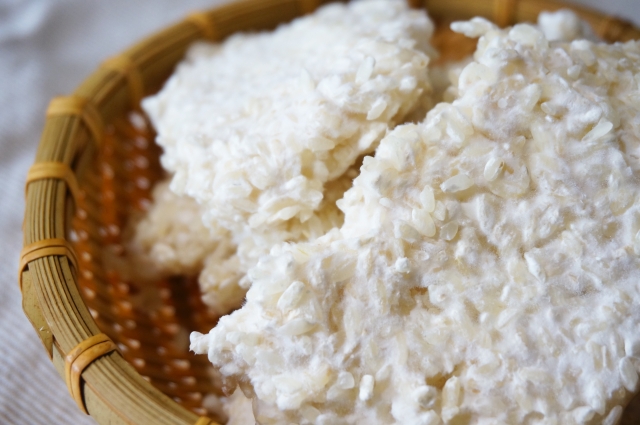
Health Benefits of Koji
Koji is rich in enzymes and nutrients that offer various health benefits.
- Aids Digestion: The enzymes in koji help break down starches and proteins, making food easier to digest.
- Improves Gut Health: The probiotics and enzymes in fermented foods support a healthy gut microbiome, relieving constipation and boosting immunity.
- Promotes Healthy Skin: Koji contains amino acids and B vitamins that help maintain skin elasticity and radiance.
- Antioxidant Properties: The polyphenols and enzymes in koji reduce oxidative stress, slowing down aging.
Types of Koji
Rice Koji (Kome Koji)
- Made from rice, used for miso, sake, amazake, and shio koji.
- Adds a mild sweetness and depth to dishes.
Barley Koji (Mugi Koji)
- Made from barley, mainly used in barley miso and shochu.
- Has a toasty aroma and enhances the unique flavors of shochu.
Soybean Koji (Mame Koji)
- Made from soybeans, used in soybean-based miso such as Hatcho miso.
- Creates a rich and deep umami flavor.
How to Use Koji
Fermented Seasoning
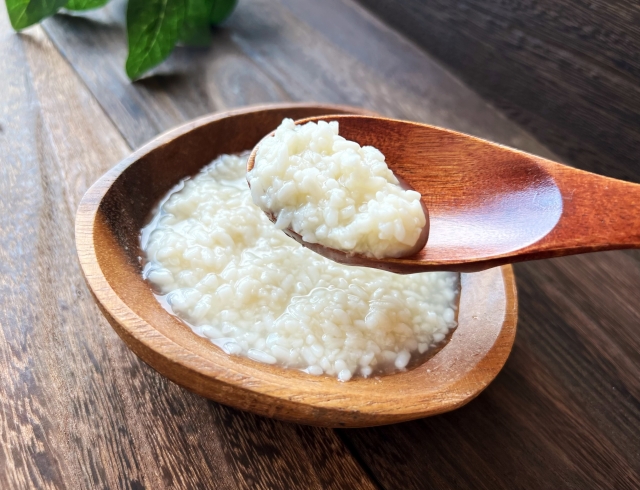
A mixture of salt and rice koji that tenderizes meat and enhances umami.
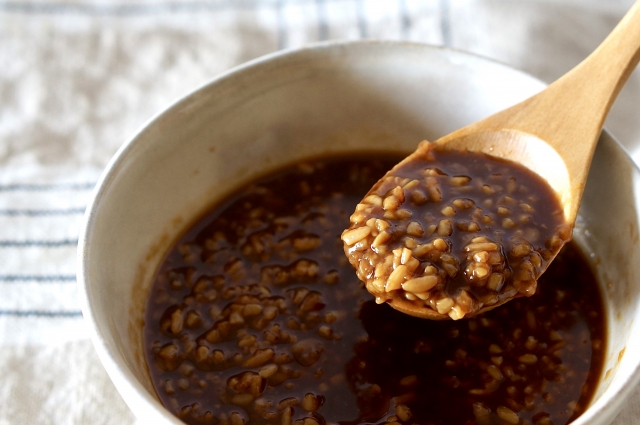
A combination of soy sauce and koji that adds depth and complexity to dishes.
Beverages

Traditional Japanese rice wine made by fermenting rice with koji and yeast. Koji breaks down starch into fermentable sugars, allowing yeast to produce alcohol.
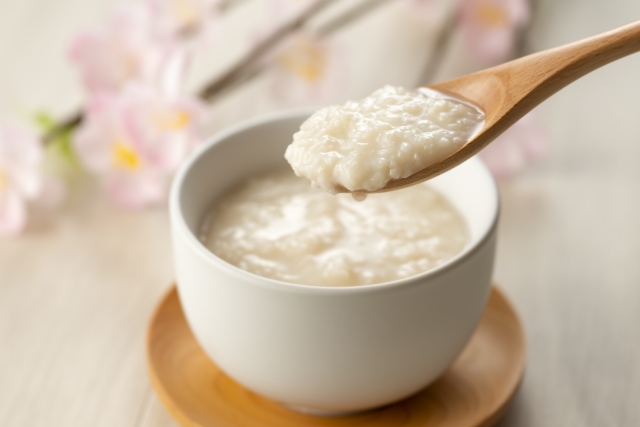
A naturally sweet fermented rice drink made from rice koji and water.
Miso, Soy Sauce, and Pickled Foods
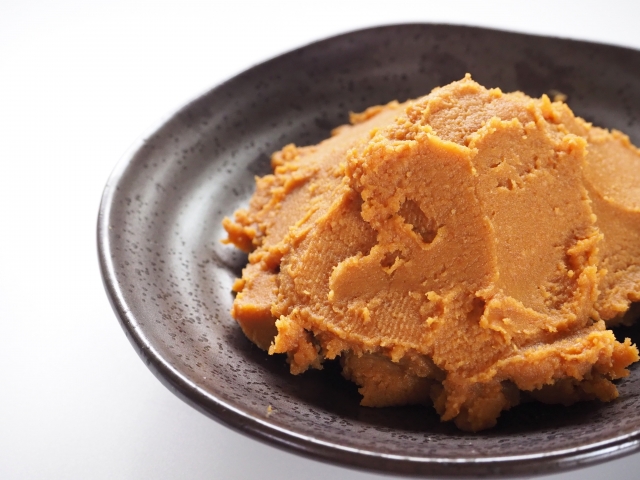
Fermented soybean paste made with rice, barley, or soybean koji. Essential in Japanese soups and marinades.
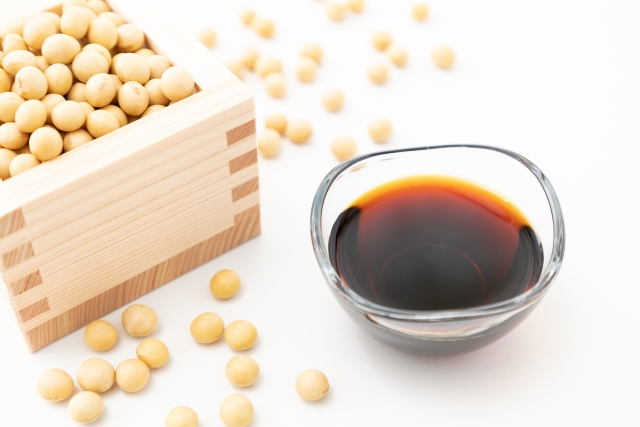
A savory and umami-rich seasoning made from soybeans, wheat, koji, and salt through fermentation.
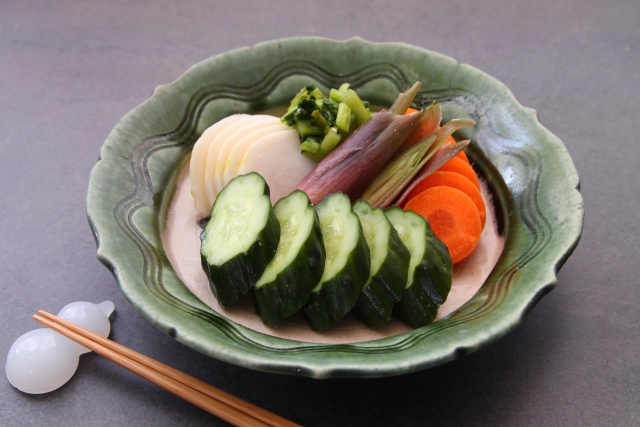
Some traditional Japanese pickles, such as nuka-zuke (rice bran pickles) and koji-zuke (koji-fermented pickles), use koji to enhance flavor and nutrition.
Historical Background of Koji
Koji was introduced to Japan from China around 2,000 years ago. By the Nara period (710–794), it became widely used in miso and sake production. In the Heian period (794–1185), it was incorporated into court cuisine, and by the Edo period (1603–1868), it became a staple in everyday cooking. Today, koji remains at the heart of Japan’s fermentation culture and is increasingly recognized as a health-promoting ingredient worldwide.
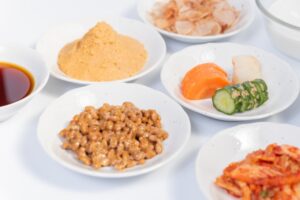
Comments